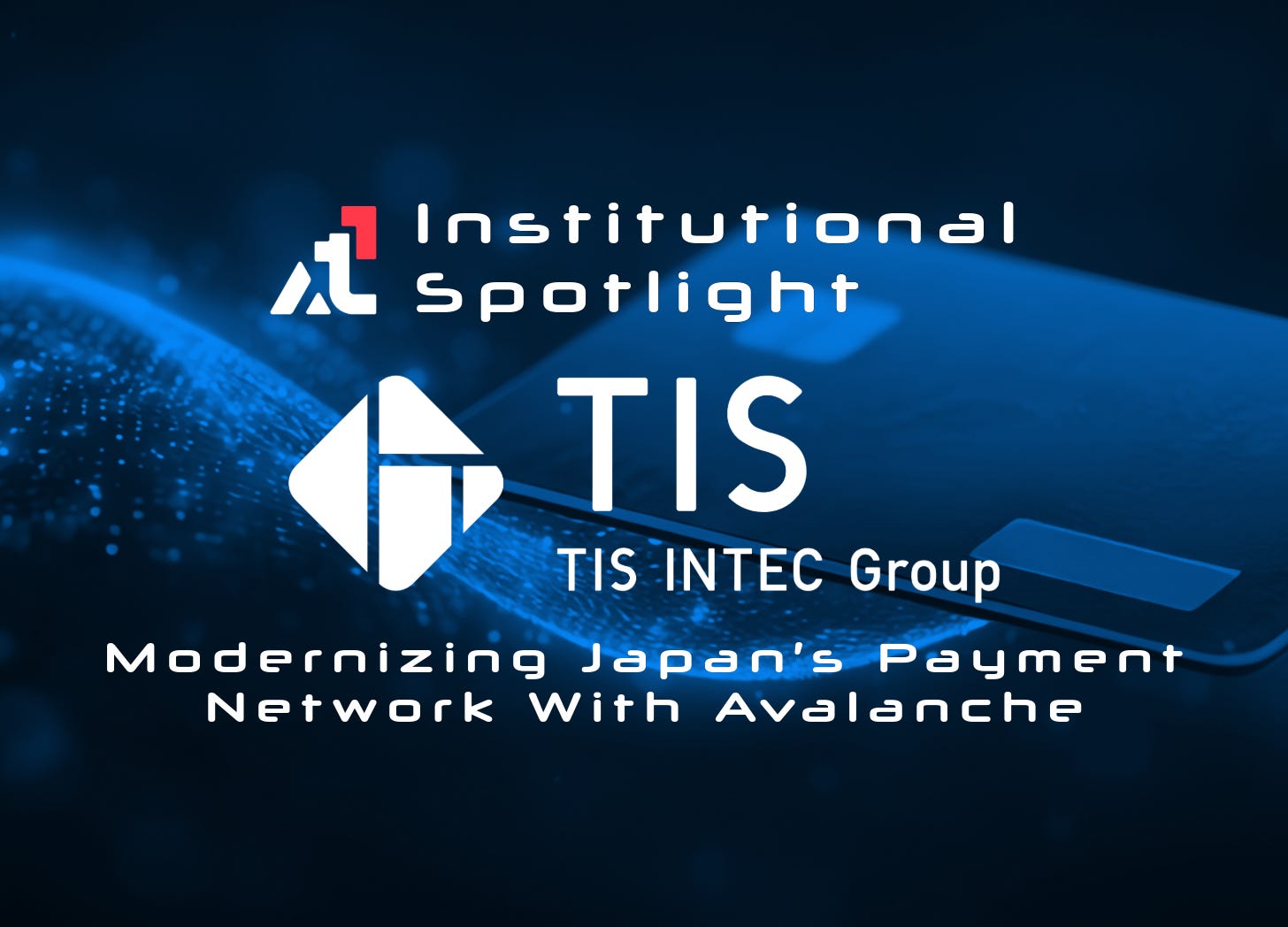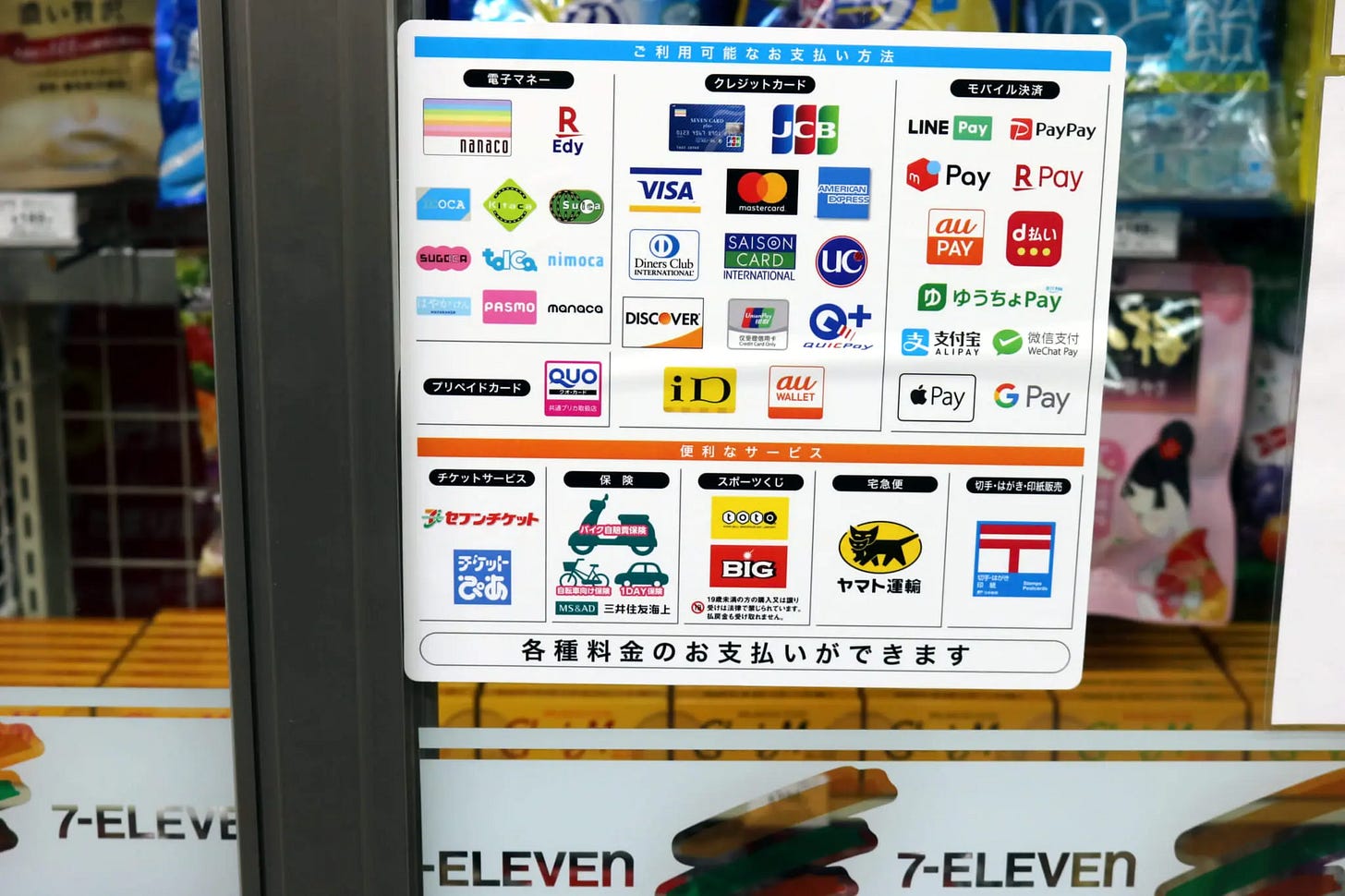How TIS Is Modernizing Japan’s $2 Trillion Payment Network with Avalanche
By combining its deep roots in traditional finance with Avalanche’s blockchain technology, TIS is creating a regulated ecosystem where stablecoins, tokenized deposits, and digital securities can move
Every day, about $8 billion moves through TIS Inc.’s payment systems. Whether it is credit card purchases at convenience stores, debit payments in Tokyo shopping areas, or reloading prepaid cards at train stations, TIS handles nearly half of Japan’s credit card transactions, totaling approximately $2 trillion each year, through an infrastructure built over five decades.
However, there is a challenge. Between the moment a transaction happens and when it finally settles, the capital often remains frozen for hours or even days. This is not a mistake but rather a result of a system designed for batch processing and banking hours limited to business days.
Now, TIS is building a connection to something fundamentally different.
On October 28, 2025, the company launched its Multi-Token Platform on AvaCloud, Avalanche’s managed blockchain service. This is not a pilot program but production-ready infrastructure capable of handling institutional-scale operations, with one key difference: it makes money programmable.
The Cost of Waiting
Most financial systems settle transactions two or three business days after they happen. During this time, money is frozen. Banks cannot use it, and companies cannot access it.
For everyday purchases, this wait is not a big deal. But for big financial institutions, it costs a lot.
For example, in repo agreements where institutions borrow money using securities, settlement can take days. Borrowers pay fees for money that they cannot use. Manual checks add extra costs for both sides.
Banks have made these processes as efficient as possible. But the system itself limits how fast settlement can happen. It is impossible to speed up beyond the two-day cycle because of these rules.
This is why blockchain technology can change the situation.
How It Works
TIS spent two years building a platform that handles three types of digital money: stablecoins for instant payments, tokenized deposits that let institutions move liquidity digitally, and digital securities for streamlined trading.
The breakthrough is making this work within the rules of regulated finance.
Think of it like a private network versus the public internet. Instead of an open blockchain where anyone can see everything, TIS built a controlled environment. Only approved participants can join. Regulators can see what they need to see. But competitors can’t peek at your transactions.
This solves the two problems that have kept banks away from blockchain: lack of control and lack of privacy.
The result? Processes that took days now take minutes.
Moving collateral is a perfect example. When an institution needs to post ¥100 billion in collateral, traditional systems freeze that capital for two days. At a modest 2% opportunity cost, that’s ¥11 million stuck in transit, every single time. This new platform settles it instantly instead.
International payments work the same way. Sending money from Tokyo to Singapore used to mean days of delays and layers of bank fees. Now a Japanese company can send digital yen that arrives in minutes with automatic compliance built in.
Japan’s updated Payment Services Act in 2023 gave TIS clear legal permission to do this, while other countries are still figuring out the regulations.
Japan’s Digital Transformation
Japan’s non-cash payment volume has doubled over five years. Complete digitization of business payments and payroll could push the payments ecosystem toward ¥1,000 trillion, roughly $6.7 trillion.
At the same time, major Japanese banks are developing stablecoin frameworks. The Bank of Japan is actively taking part in international projects that explore the interaction of commercial and central bank money on blockchain platforms.
TIS’s Multi-Token Platform fits into the commercial layer of this emerging ecosystem, enabling private institutions to conduct regulated stablecoin transfers, tokenized collateral, and digital securities trading.
Toward Real-Time Settlement
This connection between legacy systems and programmable infrastructure is central to Japan’s move toward real-time finance.
Japan’s financial system could be transformed within just a few years:
Instant settlement will replace multi-day waiting periods.
Treasury operations will run 24/7, with CFOs managing liquidity by the hour instead of by the day.
Collateral management will become automated, cutting opportunity costs that previously reached millions per transaction cycle.
International transfers will clear faster than traditional domestic wires, reducing both time and fees.
Through programmable finance, rules and conditions can be embedded directly into transactions. This allows institutions to maintain compliance while gaining greater flexibility and speed, an incremental but important step toward continuous financial operations.
Connecting Tradition and Innovation
Japan’s next phase of financial modernization depends on how well new technologies integrate with trusted infrastructure. The Multi-Token Platform shows how this can work. Instead of replacing established payment systems, it connects them to digital networks that enable faster and programmable settlements.
This hybrid approach keeps the trust, reliability, and oversight that Japan’s financial institutions rely on, while adding efficiency, transparency, and real-time control over liquidity. As more institutions adopt these systems, they can unlock capital that used to be stuck in slow settlement cycles, boosting productivity throughout Japan’s financial markets.
Read more from the official announcement: TIS Deploys Multi-Token Platform on AvaCloud to Modernize Japan’s Financial Infrastructure
Dive into the Avalanche ecosystem today! Download the Core Wallet and unlock a world of seamless DeFi, NFTs, and more.





